Maintaining proper tire pressure is critical to your vehicle’s safety, performance, and efficiency. Tire pressure sensors play an essential role in modern cars by continuously monitoring each tire’s air pressure and alerting you to any changes that could compromise your safety or the integrity of your vehicle. Whether upgrading your tires, replacing a faulty sensor, or performing regular maintenance, knowing how to connect tire pressure sensors yourself ensures that your vehicle remains responsive to changing conditions on the road.
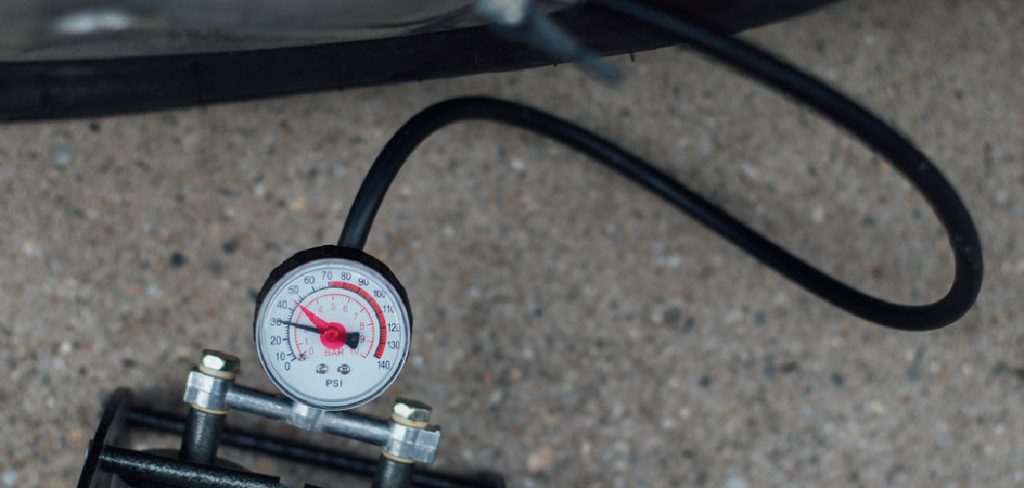
In many cases, you may need to connect or reconnect tire pressure sensors after a replacement, wheel rotation, tire change, or battery replacement in the sensor itself. Sometimes, sensors may lose communication with the car’s onboard system due to age or signal disruption and require re-pairing. Understanding how to connect tire pressure sensors is an invaluable skill for DIY enthusiasts, auto technicians, and everyday drivers alike. It helps avoid potential hazards such as sudden flat tires or compromised handling due to underinflated wheels.
This comprehensive guide will walk you through all aspects of connecting tire pressure sensors. From understanding the fundamentals and preparing your tools to troubleshooting and long-term care, each section aims to provide clear, actionable steps. By the end, you’ll be equipped to ensure your tire pressure monitoring system (TPMS) works flawlessly, helping you save money, maintain driver confidence, and protect everyone on board.
Understanding Tire Pressure Sensors
What Are Tire Pressure Sensors?
Tire pressure sensors are small electronic devices located inside each wheel that track and report tire air pressure to your vehicle’s TPMS. Their primary function is to ensure that your tires remain inflated to the optimal levels, promoting safe handling, even tire wear, and fuel efficiency. When tire pressure drops or rises above recommended limits, the sensors send real-time alerts to the dashboard, prompting timely action.
Modern vehicles use either individual sensors installed inside each tire (valve stem or band-mounted), or indirect measurement through software utilizing wheel speed data. Knowing which type your vehicle uses is crucial before attempting any connection or maintenance.
Types of Tire Pressure Monitoring Systems (TPMS)
There are two main TPMS types: direct and indirect systems.
Direct TPMS: This system uses battery-powered sensors mounted either inside the tire on the wheel’s rim or as part of the valve stem. Each sensor provides real-time air pressure data, which is transmitted wirelessly to the dashboard display or warning system. Direct TPMS offers precise readings and immediately notifies drivers about low or uneven pressure in any tire.
Indirect TPMS: Rather than sensors, indirect TPMS relies on the vehicle’s anti-lock braking system (ABS) and wheel speed sensors. When a tire is under- or over-inflated, its diameter changes, causing it to rotate at a different speed. The system interprets this difference as a pressure issue. While less precise than direct systems, indirect TPMS can still alert drivers, but typically requires recalibration after tire changes.
Understanding your car’s TPMS configuration helps determine the correct procedures and tools for successfully connecting your tire pressure sensors.
Why Proper Connection of TPMS Matters
Ensuring Accurate Readings
Correctly connecting your TPMS ensures the system provides accurate, real-time data. If sensors are not properly installed and paired, the system may deliver unreliable readings or fail to trigger a warning altogether. This poses risks such as undetected low pressure, which can cause tire blowouts or compromised vehicle handling.
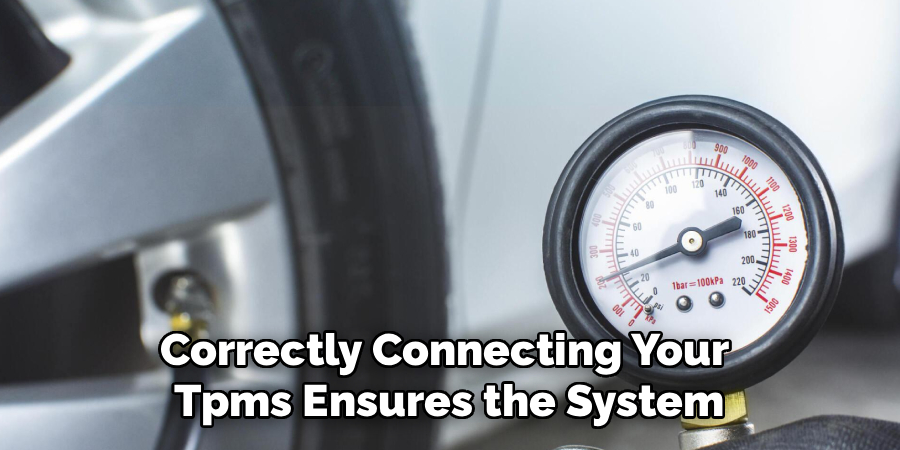
Improving Safety and Efficiency
Properly connected tire pressure sensors contribute to improved road safety. They ensure you’re promptly alerted to dangerous pressure drops caused by punctures, leaks, or temperature changes. In addition to safety, keeping your tires at the correct pressure improves fuel efficiency and reduces uneven tire wear, saving you money over time.
Avoiding System Errors
Improper installation or pairing can lead to persistent dashboard errors or “TPMS malfunction” warnings, which can be frustrating and mask genuine alerts. Accurate sensor connection minimizes these errors, ensuring the TPMS system operates smoothly and silently—only notifying you when truly necessary.
Tools and Equipment Needed for Connecting Tire Pressure Sensors
Basic Tools
To connect most tire pressure sensors, you’ll typically need several basic tools. A high-quality tire pressure gauge allows you to set the proper air levels before and after sensor installation. A TPMS activation or scanning tool is often necessary for pairing sensors with your vehicle’s TPMS system—especially with direct TPMS. A torque wrench may also be required to secure wheel nuts or valve stems to manufacturer-specified tightness.
Manufacturer-Specific Requirements
Different car makes and models may call for specialized equipment. Some automakers require a particular TPMS programming tool or sensor reset device unique to their systems. Others may necessitate calibration tools or proprietary software to program or re-learn new sensors. Always check your vehicle’s service manual or online forums for details about any vehicle-specific requirements before you start.
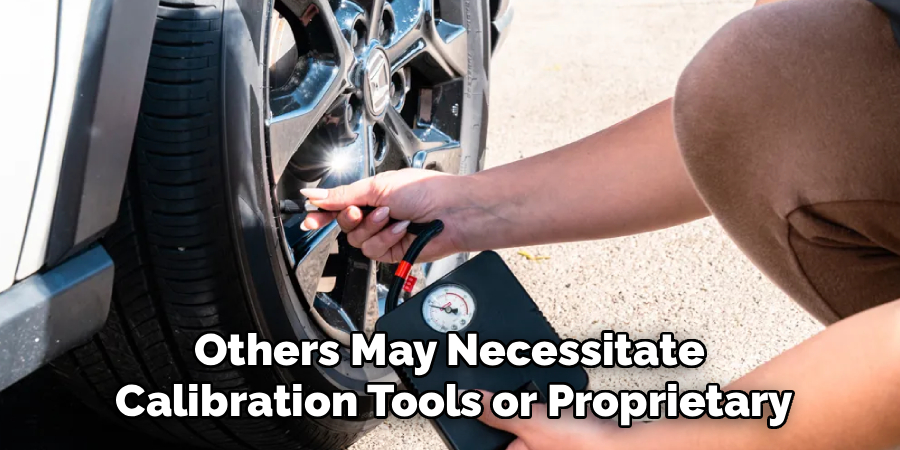
Preparing for Connection
Identifying Compatible Sensors
Before you begin, ensure that the replacement or additional tire pressure sensors are fully compatible with your vehicle. Using the wrong type can cause communication errors or a total lack of response. Cross-reference part numbers, consult your vehicle manual, or use reputable resources to verify that your sensors match the car’s make, model, and year.
Vehicle Manual and Sensor Instructions
Take time to read both your owner’s manual and any instruction material included with the tire pressure sensors. These resources provide vital information on sensor placement, installation direction, and programming procedures. They may also detail torque specifications and additional steps for certain vehicle brands.
Safety Tips
Ensuring safety is paramount throughout the process. Always work on level ground, secure your vehicle using wheel chocks, and use a quality jack for tire removal if necessary. Wear gloves and eye protection to guard against debris, and never exceed recommended torque settings when securing sensors or wheels. Proper preparation helps prevent both accidental injuries and equipment damage.
Step-by-Step Guide on How to Connect Tire Pressure Sensors
Understanding how to connect tire pressure sensors is critical for effective maintenance or replacement. The following steps outline a typical process for direct TPMS sensors. Be sure to consult your specific vehicle manual for model-specific details.
Step 1: Remove the Tire (if applicable)
If your TPMS sensors are inside the tire or attached to the valve, begin by loosening the lug nuts (while the wheel is still on the ground), then lifting the vehicle with a jack and safely removing the wheel. Take care not to damage the wheel or valve stem during removal.

Step 2: Install the Sensor
With the tire off, deflate it completely before breaking the bead (the seal between the tire and the rim). Carefully lift one side of the tire from the rim to expose the sensor mounting area. Remove any old or faulty sensors, then carefully secure the new or replacement TPMS sensor as instructed—either using the valve stem or mounting band. Follow all torque and alignment specifications to prevent leaks or damage.
Step 3: Pair the Sensors to the Vehicle
Once the sensor is physically installed, it must be electronically paired with your vehicle’s TPMS receiver. Activate the pairing or relearn mode in your car, usually accessible through the settings menu or by following a prescribed sequence of ignition and pedal presses noted in your manual. Using your TPMS activation or scan tool, follow onscreen or manual prompts to connect each sensor. Wait for the system to register each sensor—visual or audible alerts often confirm successful pairing.
Step 4: Test the Connection
After all sensors are paired, fully reinflate the tire to the recommended pressure and remount the wheel. Start your vehicle and check the dashboard for any TPMS warnings. If your system allows, view each tire’s pressure via the onboard display. If everything is functioning as intended, the sensor data should appear correctly, and no error lights should be present. A short drive may help the system complete its update.
Common Challenges and Troubleshooting Tips
Issues During Installation
Occasionally, you may encounter issues such as difficulty in seating the sensor, stripped threads on the valve stem, or a loose mounting band. Always use the correct torque settings and confirm that seals and bands are undamaged. If a sensor feels loose or doesn’t sit flush, remove and reposition it before reassembling the tire. Faulty or depleted batteries inside sensors can also prevent communication—if a new sensor won’t pair, check battery status.
Error Messages on the Dashboard
If your dashboard displays a persistent TPMS error or “sensor not found,” revisit the pairing process. Double-check the part number and compatibility, and ensure you have followed the correct sequence for your specific vehicle. Sensor placement also matters—if sensors are installed in the wrong wheel, the system may highlight errors.
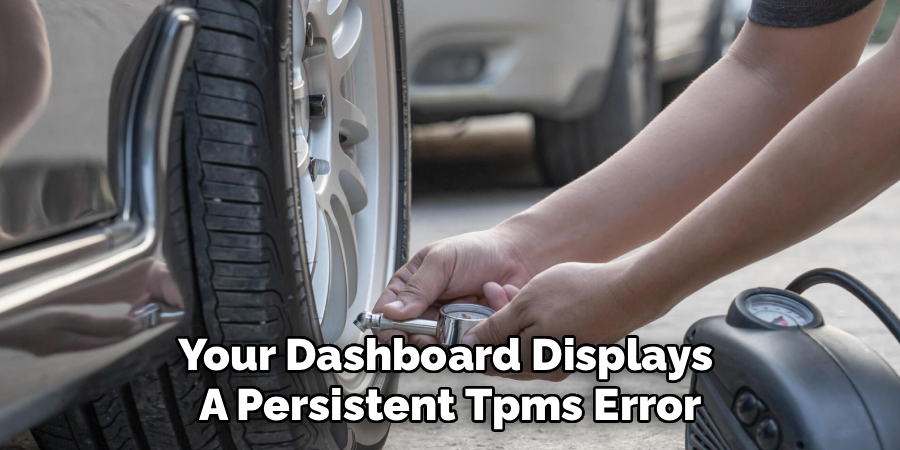
Rechecking Connections
Verifying your connections is critical if you run into problems. Double-check physical installation and electrical pairing, and consult your owner’s manual or a reputable repair forum for further troubleshooting tips. Professional scan tools can also help diagnose hard-to-find issues, especially for vehicles with complex TPMS electronics.
Calibrating Tire Pressure Sensors
Knowing when and how to calibrate the sensors is just as important as connecting them.
When Calibration Is Necessary
Calibration is often required after sensor replacement, tire rotation, or any change to the wheel’s configuration (such as switching from summer to winter tires). Some vehicles prompt for recalibration automatically, while others need the driver to initiate this process manually.
How to Calibrate Step-by-Step
To calibrate, access your vehicle’s TPMS or tire settings menu. Follow manufacturer instructions for initiating calibration—for most cars, this involves a sequence of button presses, drive cycles, or using a TPMS scan tool to program the sensor IDs. Calibration ensures that the monitoring system accurately identifies each wheel and reports precise air pressure values. After calibration, always double-check that no error codes or warning lights are present.
Maintenance Tips for Tire Pressure Sensors
Proper maintenance prolongs the life and performance of your tire pressure sensors.
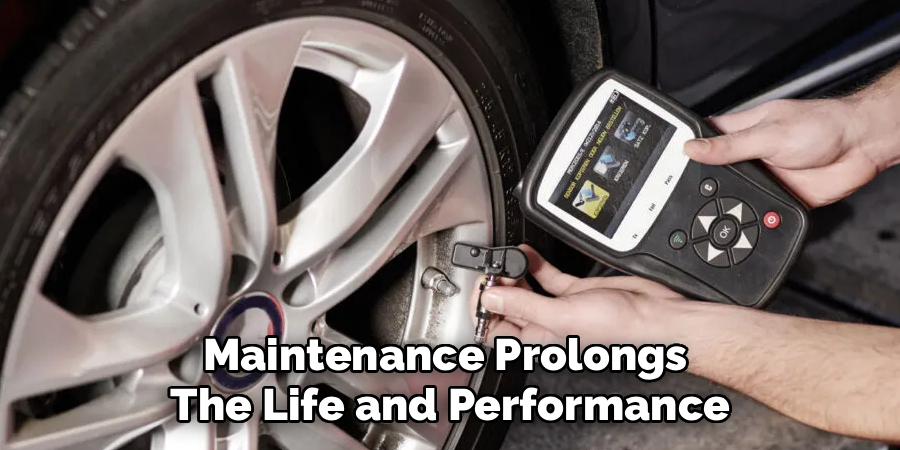
Extending Sensor Lifespan
Regularly inspect your sensors for signs of damage or corrosion, particularly around the valve stems. Clean off dirt or road debris during tire rotations or maintenance. Avoid aggressive tire sealants, which can clog sensor ports.
Monitoring Battery Levels
Most direct TPMS sensors are powered by an internal battery with a lifespan of 5–10 years. Many vehicles will alert you when a battery is getting low, but periodic checks or professional scans help catch issues early. If you notice repeated signal loss or random warning lights, a weak battery could be the culprit.
Regular Check-Ups
Make it a routine to have your TPMS system inspected during major service intervals. Professional technicians can test for faults, update software, and replace sensors or batteries as needed. Staying proactive ensures your system continues to operate reliably.
Benefits of Connecting Tire Pressure Sensors
Gaining the skills to connect tire pressure sensors yourself offers several advantages. First, it saves you money by reducing the need for frequent dealership or service center visits. DIY installation gives you more control over your car’s maintenance and empowers you to respond quickly to sensor failures. With this knowledge, you’ll gain a deeper understanding of how your TPMS operates, boosting confidence when handling tire or sensor issues in the future.
You’ll also be able to identify problems early, respond to alerts quickly, and make informed decisions about when to repair, replace, or recalibrate your tire pressure monitoring system. Ultimately, this skill enhances both driving safety and financial efficiency.
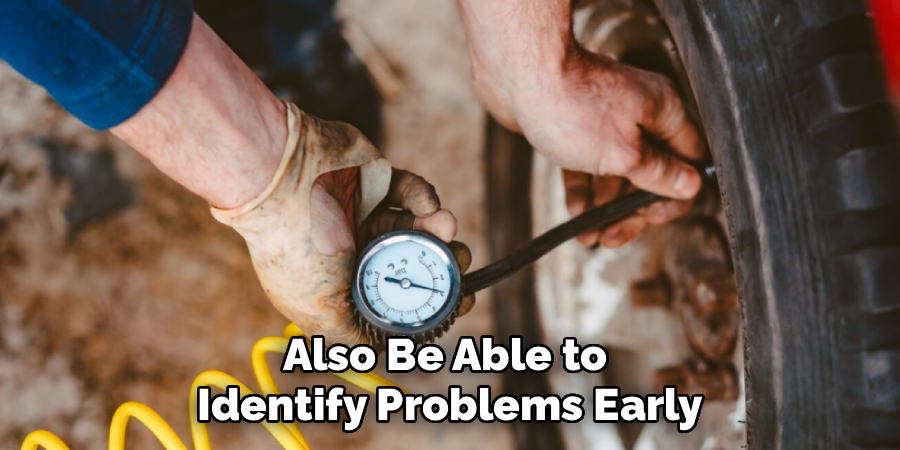
Conclusion
Knowing how to connect tire pressure sensors is an essential skill for any car owner who values safe, efficient vehicle operation. Proper sensor installation ensures that your TPMS provides accurate, real-time pressure data—minimizing the risk of flats, blowouts, and costly tire damage. By understanding your vehicle’s TPMS type, using the correct tools, and following step-by-step installation and calibration procedures, you can keep your system operating perfectly with minimal hassle.
This guide equips you with detailed knowledge, practical tips, and actionable steps for sensor connection, troubleshooting, and maintenance. Remember, investing the time to learn how to connect tire pressure sensors pays off in greater safety, improved performance, and long-term savings. Stay proactive, stay informed, and drive with confidence knowing your tires—and your TPMS—are always ready for the road ahead.
About
Safety Fic is a distinguished figure in the world of Diy design, with a decade of expertise creating innovative and sustainable Diy solutions. His professional focus lies in merging traditional craftsmanship with modern manufacturing techniques, fostering designs that are both practical and environmentally conscious. As the author of diy, Safety Fic delves into the art and science of Safety Fic-making, inspiring artisans and industry professionals alike.
Education RMIT University
(Melbourne, Australia) Associate Degree in Design (Safety Fic) Focus on sustainable design, industry-driven projects, and practical craftsmanship. Gained hands-on experience with traditional and digital manufacturing tools, such as CAD and CNC software.
Nottingham Trent University
(United Kingdom) Bachelor’s in diyfastly.com and Product Design (Honors) Specialized in product design with a focus on blending creativity with production techniques. Participated in industry projects, working with companies like John Lewis and Vitsoe to gain real-world insights.
Publications and Impact
In diy, Safety Fic his insights on indoor design processes, materials, and strategies for efficient production. His writing bridges the gap between artisan knowledge and modern industry needs, making it a must-read for both budding designers and seasoned professionals.
